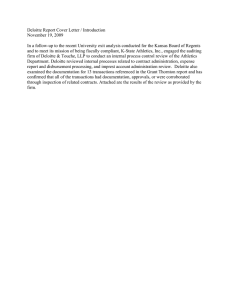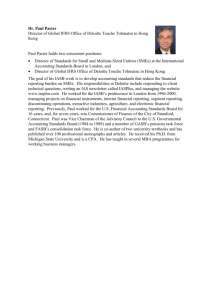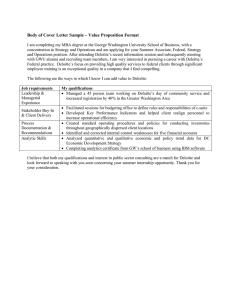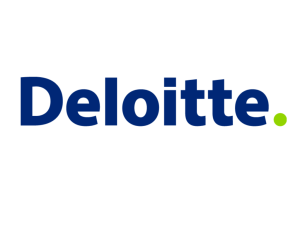COVID-19 Impact on Technology Sector: Analysis & Strategies
advertisement
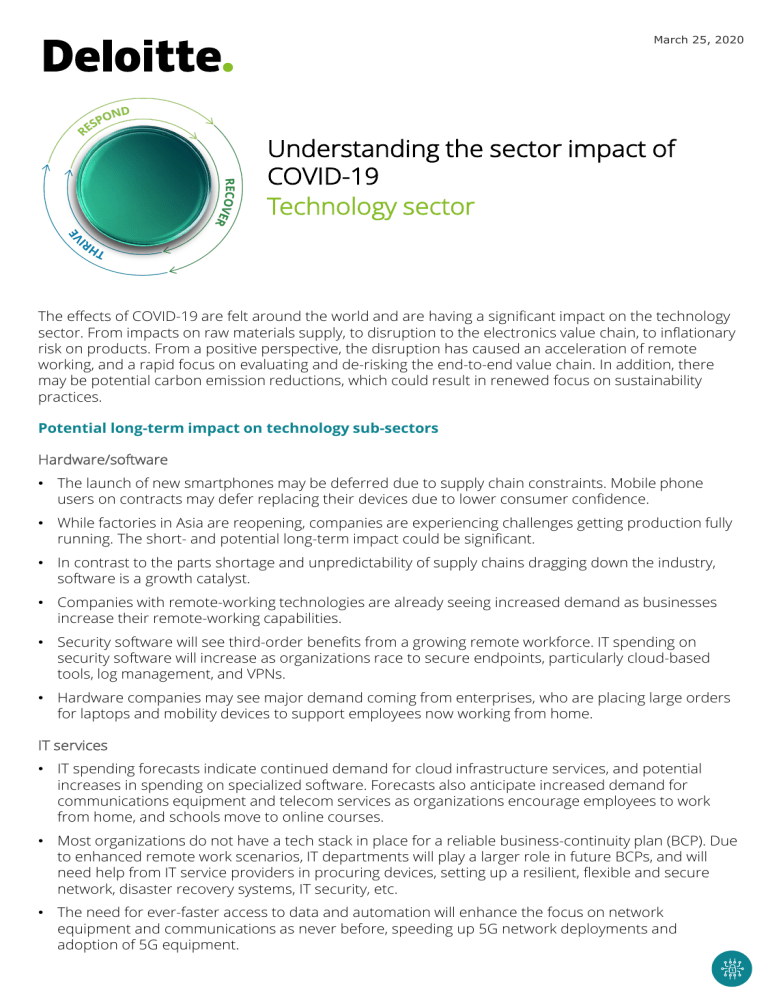
March 25, 2020 Understanding the sector impact of COVID-19 Technology sector The effects of COVID-19 are felt around the world and are having a significant impact on the technology sector. From impacts on raw materials supply, to disruption to the electronics value chain, to inflationary risk on products. From a positive perspective, the disruption has caused an acceleration of remote working, and a rapid focus on evaluating and de-risking the end-to-end value chain. In addition, there may be potential carbon emission reductions, which could result in renewed focus on sustainability practices. Potential long-term impact on technology sub-sectors Hardware/software • The launch of new smartphones may be deferred due to supply chain constraints. Mobile phone users on contracts may defer replacing their devices due to lower consumer confidence. • While factories in Asia are reopening, companies are experiencing challenges getting production fully running. The short- and potential long-term impact could be significant. • In contrast to the parts shortage and unpredictability of supply chains dragging down the industry, software is a growth catalyst. • Companies with remote-working technologies are already seeing increased demand as businesses increase their remote-working capabilities. • Security software will see third-order benefits from a growing remote workforce. IT spending on security software will increase as organizations race to secure endpoints, particularly cloud-based tools, log management, and VPNs. • Hardware companies may see major demand coming from enterprises, who are placing large orders for laptops and mobility devices to support employees now working from home. IT services • IT spending forecasts indicate continued demand for cloud infrastructure services, and potential increases in spending on specialized software. Forecasts also anticipate increased demand for communications equipment and telecom services as organizations encourage employees to work from home, and schools move to online courses. • Most organizations do not have a tech stack in place for a reliable business-continuity plan (BCP). Due to enhanced remote work scenarios, IT departments will play a larger role in future BCPs, and will need help from IT service providers in procuring devices, setting up a resilient, flexible and secure network, disaster recovery systems, IT security, etc. • The need for ever-faster access to data and automation will enhance the focus on network equipment and communications as never before, speeding up 5G network deployments and adoption of 5G equipment. Semiconductors • Raw-material supplies such as aluminum, copper, and chemicals are affected by disruption, with delay in delivery by up to a quarter, and will be difficult to re-inventory. • Near-term actions are resulting in supply and fulfillment disruptions up and down the electronic manufacturing value chain. This may result in a shortage (or lack) of components, creating choke points at board and systems manufacturing. • In the longer term, new product schedules might get delayed and product go-to-market strategies may need to be changed to meet the velocity of the value chain (designs, decisions, etc.). Delays could result in reduced participation in customer meetings, internal meetings, and external events. • In the long term, companies could be required to address the risks of geographical concentration and lack of resiliency to avoid single points of failure and limit future disruption. Read more: COVID19: A black swan event for the semiconductor industry?. Network equipment • Increase in the use of teleconferencing software as more technology companies encourage employees to telecommute will have potential benefits for companies that have technologies already deployed in that space. • Need for ever-faster access to data and automation will enhance the focus on network equipment and communications as never before, speeding up 5G network deployments and adoption of 5G equipment. Key questions executives and boards should be asking • How do we guarantee/safeguard the safety of own people first? • How do we minimize disruption to the electronics value chain? • How will such impacts affect our ability to provide market-ready products such as smartphones, laptops, optical fiber cable, appliances, automobiles, etc.? • How do we support our key customers/suppliers to fulfill demand in current high-peaks as well as partner to sustain their relations? • How do we build or acquire technologies which will be needed for the future of work and manufacturing? • How do we plan for potential decrease in demand as we move forward with an uncertain economy? Practical next steps Technology leaders will be defined by what they do along the three dimensions to managing a crisis: respond, recover, and thrive. Some key next steps include: • Evaluate the value chain and how disruptions can be mitigated and minimized in future events. • Drive technology adoption and innovation to support the “future of” scenarios. • Consider M&A opportunities to enhance and grow technology capabilities. • Understand demand and supply-side shocks and develop inventory strategies to buffer volatility and risk. • Implement digitally-enabled future of work tools, including those for business processes and backoffice functions. Contact: Paul Sallomi Global Technology Leader +1 408 704 4100 psallomi@deloitte.com For additional steps that organizations should consider taking, visit www.deloitte.com/covid19-resilient-leadership 2 Deloitte refers to one or more of Deloitte Touche Tohmatsu Limited (“DTTL”), its global network of member firms, and their related entities (collectively, the “Deloitte organization”). DTTL (also referred to as “Deloitte Global”) and each of its member firms and related entities are legally separate and independent entities, which cannot obligate or bind each other in respect of third parties. DTTL and each DTTL member firm and related entity is liable only for its own acts and omissions, and not those of each other. DTTL does not provide services to clients. Please see www.deloitte.com/about to learn more. Deloitte is a leading global provider of audit and assurance, consulting, financial advisory, risk advisory, tax and related services. Our global network of member firms and related entities in more than 150 countries and territories (collectively, the “Deloitte organization”) serves four out of five Fortune Global 500® companies. Learn how Deloitte’s approximately 312,000 people make an impact that matters at www.deloitte.com. This communication contains general information only, and none of Deloitte Touche Tohmatsu Limited (“DTTL”), its global network of member firms or their related entities (collectively, the “Deloitte organization”) is, by means of this communication, rendering professional advice or services. Before making any decision or taking any action that may affect your finances or your business, you should consult a qualified professional adviser. No representations, warranties or undertakings (express or implied) are given as to the accuracy or completeness of the information in this communication, and none of DTTL, its member firms, related entities, employees or agents shall be liable or responsible for any loss or damage whatsoever arising directly or indirectly in connection with any person relying on this communication. DTTL and each of its member firms, and their related entities, are legally separate and independent entities. © 2020. For information, contact Deloitte Touche Tohmatsu Limited.

